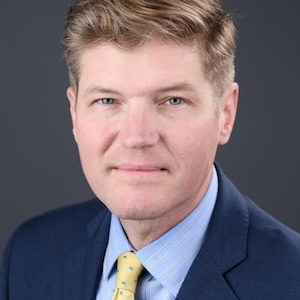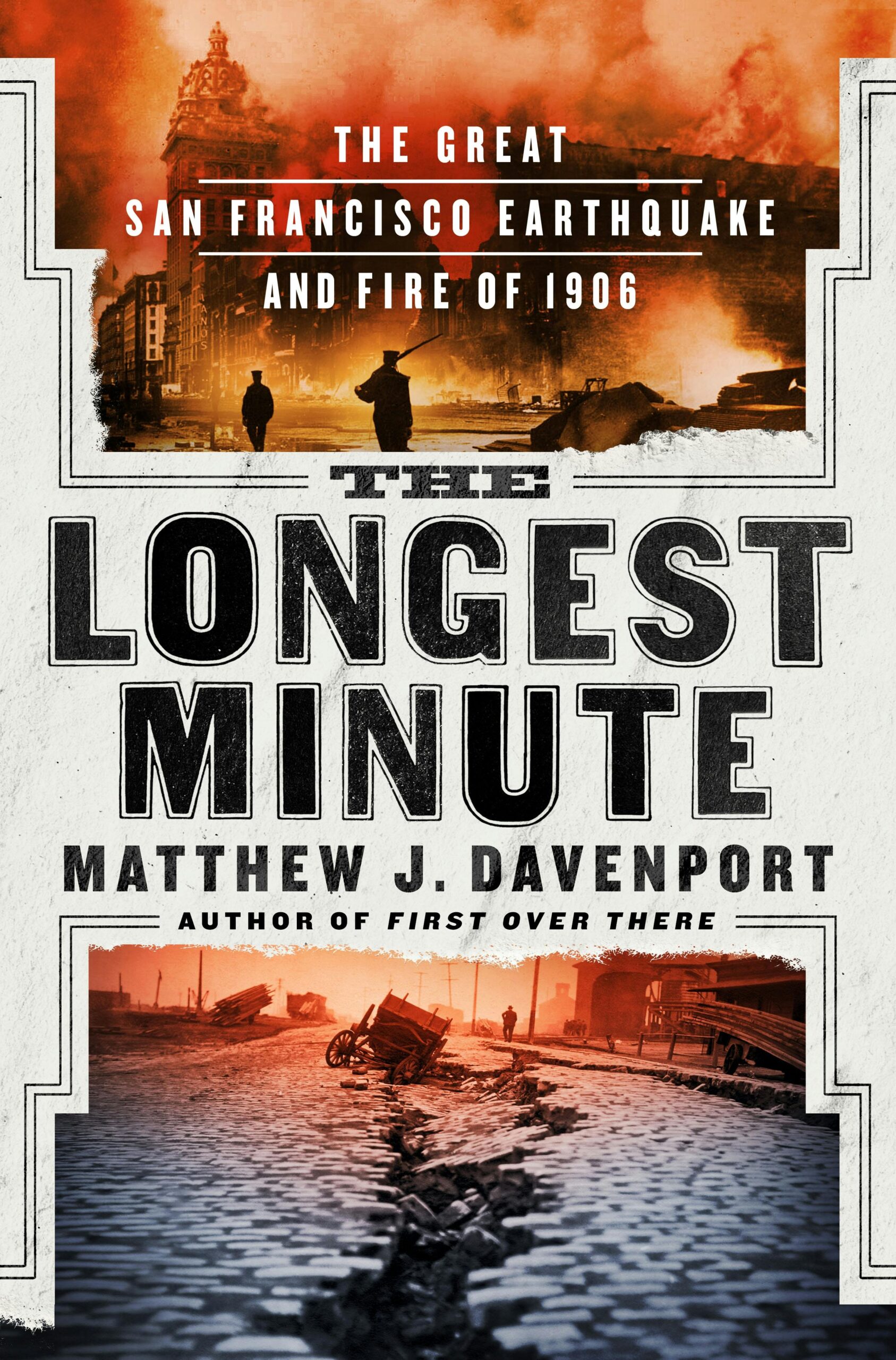The Longest Minute: The Great San Francisco Earthquake and Fire of 1906 by Matthew J. Davenport
What's It About?
Matthew J. Davenport’s The Longest Minute is the spellbinding true story of the 1906 earthquake and fire in San Francisco, and how a great earthquake sparked a devastating and preventable firestorm.Thousands of years before Spanish soldiers and missionaries arrived in California, its northern coast was inhabited by Native Americans. The Ohlone people lived on the land that would become San Francisco. This beautiful peninsula, encircled by the ocean and bay, would be seized by the invaders in the 1770s, sending the Ohlone into decline.
Eventually, the city would pay a big price for its unrestrained, even heartless growth, as documented in a new history of the San Francisco Earthquake, which struck on April 18, 1906 at 5:12 a.m. and culminated in a devastating fire.
In The Longest Minute: The Great San Francisco Earthquake and Fire of 1906 (St. Martin’s Press), Matthew J. Davenport suggests that the price was a disorganized, corrupted relief effort led by officials who had knowingly presided over an antiquated infrastructure and fomented a social hierarchy.
Golden City Struck by Disaster
In 1906, San Francisco’s population of 400,000 comprised three-quarters immigrants or the children of immigrants. The “golden city,” as it was already known, had one foot in the nineteenth century and the other in the twentieth.
Electricity, telephones, and the telegraph were well-established; so were fine restaurants, motion pictures, elegant hotels and shops, and three major newspapers. Yet the West Coast’s busiest port, twice the size of Los Angeles, had expanded largely without a plan. From the waterfront, the city had raced uphill and divided into neighborhoods of squalor and grandeur.
Fortunes had been made in gold, coffee, chocolate, real estate, shipping, and banking while the Black population and immigrants of Italian, Chinese, and Spanish descent faced terrible prejudice and resided in neighborhoods most vulnerable to blight and catastrophe.
In this way, San Francisco resembled the nation’s other large cities. What made the difference on that April morning was the clash of three elements: earth, fire, and water. Ultimately, more than 3,000 people died, 250,000 became homeless, and five square miles were destroyed in the 7.9 magnitude earthquake and three-day firestorm that followed.
The author, a practicing lawyer with a passion for military history, has uncovered information and first-hand accounts that are new to the historical record. His meticulous research has enabled him to track a cast of characters ranging across class, race, ethnicity, and age. Their stories are triumphant and tragic and everything in between. Set against the backdrop of San Francisco’s politics and geography, and its history of land development, the lives of these women, men, and children seem to hang in the balance.
Vivid Depiction of San Francisco History
The 1906 earthquake occurred when two tectonic plates — the Pacific plate and the North American plate— rubbed against each other and created a crack more than 250 miles long. Tremors and quakes had been recorded as early as 1838 when the city was little more than a collection of wooden buildings. By 1906, however, San Francisco had expanded into the Bay with backfill, wharves, and piers.
The landfill proved to be dangerously unstable, composed of garbage, sand, dirt, and the carcasses of wooden ships and boats. Indeed, the waterfront sank quickly as the sea roared up the hills, streets buckled and split open, water mains busted, and buildings collapsed.
The reader is placed in the thick of it: you can hear yourself scream, choke on the dust, feel terror, denial, and despair. By 8:14 a.m., when the aftershock turned everything upside down again, hydrants had run out of water. City officials had never responded to the pleas of Fire Chief Dennis Sullivan to modernize the department’s equipment and San Francisco’s water system.
In his reconstruction of the fire, Davenport offers dozens of intriguing scenes. Mayor Schmitz, who opened his front door, looked around, and decided there was much ado about nothing. Debates about declaring martial law. The desperation of reporters and editors to cover the story of their lifetimes. Tourists sailing over from Oakland to check out the disaster. Burying family heirlooms, including a piano, in the backyard.
Everyone knows the happy ending: San Francisco rebuilt itself. But there’s much more to this panoramic book. Suffice it to say that plenty of city officials would be convicted of graft and other crimes. And Ng Poon Chew, the brilliant publisher of the first Chinese American daily newspaper, made sure that those same men did not use the earthquake as an excuse to banish his people from San Francisco.
About Matthew J. Davenport:
 Matthew J. Davenport’s first book, First Over There, a finalist for the 2015 Guggenheim-Lehrman Prize in Military History, was acclaimed as “a brilliant work for every library” by Library Journal and was heralded by Pulitzer-Prize-winning historian James McPherson as “military history at its best.” Davenport has been a contributing writer for the Wall Street Journal Book Review and salon.com and is a member of the Authors Guild. A native of Missouri and a former prosecutor, he practices law in North Carolina where he lives with his wife and two sons.
Matthew J. Davenport’s first book, First Over There, a finalist for the 2015 Guggenheim-Lehrman Prize in Military History, was acclaimed as “a brilliant work for every library” by Library Journal and was heralded by Pulitzer-Prize-winning historian James McPherson as “military history at its best.” Davenport has been a contributing writer for the Wall Street Journal Book Review and salon.com and is a member of the Authors Guild. A native of Missouri and a former prosecutor, he practices law in North Carolina where he lives with his wife and two sons.





